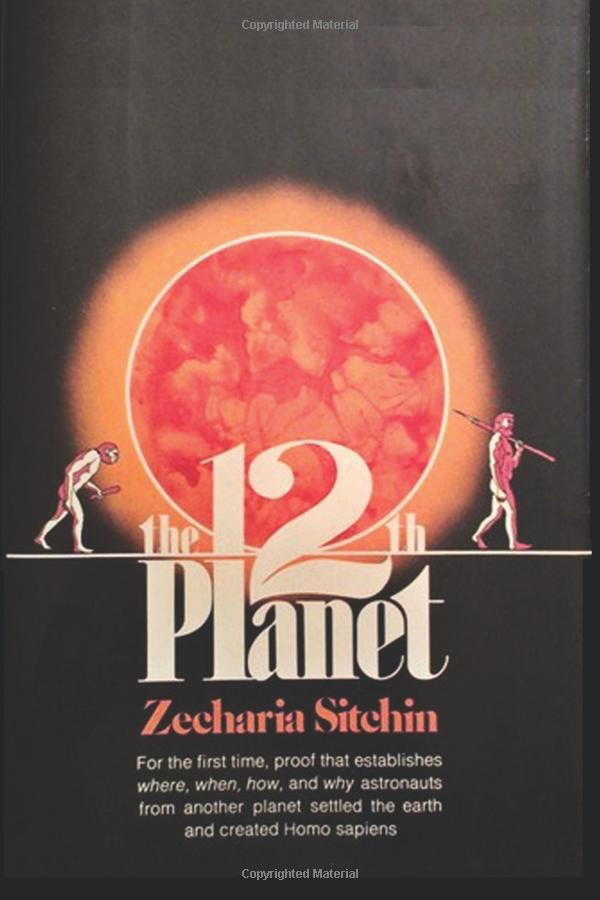Zecharia Sitchin: Unveiling Early Years, Beliefs, and Literary Contributions
Zecharia Sitchin, a prominent figure in the world of alternative archaeology and ancient astronaut theory, captivated readers with his unique interpretations of ancient texts and his thought-provoking theories about the origins of humanity. Born on July 11, 1920, in Baku, Azerbaijan, Sitchin's early years played a significant role in shaping his perspectives and beliefs.
Early Years and Educational Background:
Growing up in a multi-ethnic environment, Sitchin was exposed to diverse cultures and languages, which undoubtedly influenced his later work. He studied economics and history at the London School of Economics and later pursued a career in journalism and advertising. His proficiency in various languages, including Sumerian, Ancient Hebrew, and Akkadian, allowed him to access and analyze ancient texts firsthand, laying the foundation for his controversial theories.
Theories and Beliefs:
Sitchin is best known for his interpretation of ancient Sumerian and Babylonian texts, particularly the cuneiform writings found on clay tablets. His central hypothesis revolves around the existence of an extraterrestrial race known as the "Anunnaki" who allegedly visited Earth in the distant past. He claimed that the Anunnaki genetically engineered humans by combining their DNA with that of early hominids, resulting in the creation of Homo sapiens. Sitchin believed that these Anunnaki were responsible for jumpstarting human civilization by providing advanced knowledge and technology.
Literary Contributions:
Sitchin's ideas reached a wider audience through his series of books, most notably "The Earth Chronicles."
This collection comprises several titles, each exploring different aspects of his theories:
1. "The 12th Planet" (1976): This book introduced Sitchin's radical concept of a twelfth planet in our solar system, referred to as Nibiru. He argued that Nibiru's elliptical orbit brought it close to Earth every 3,600 years, leading to interactions between the Anunnaki and humanity.
2. "The Stairway to Heaven" (1980): Building upon his previous work, Sitchin delved deeper into the relationship between the Anunnaki and early human civilizations, examining religious myths and ancient monuments.
3. "The Wars of Gods and Men" (1985): Focusing on the alleged conflicts among the Anunnaki, Sitchin suggested that their rivalries influenced Earth's history and shaped human societies.
4. "The Lost Realms" (1990): This book explored the notion that ancient civilizations, such as those of the Mayans and Egyptians, might have had contact with the Anunnaki.
5. "When Time Began" (1993) and "The Cosmic Code" (1998): These books continued to expound upon Sitchin's ideas, discussing topics like the concept of time and the coded messages hidden within ancient texts.
Criticism and Legacy:
Sitchin's theories were met with significant skepticism and criticism from mainstream historians, archaeologists, and scientists. Many experts questioned his translation of ancient texts and his interpretations of Sumerian mythology. Critics pointed out linguistic inaccuracies and inconsistencies in his work.
Despite the controversies, Zecharia Sitchin's books gained a substantial following and continue to influence the fields of ancient astronaut theory and alternative archaeology. His ability to present complex ideas in an engaging manner made his work accessible to a broad audience, sparking debates and discussions about the origins of humanity and the possibility of extraterrestrial influences.
In the end, Sitchin's legacy lies in his contribution to unconventional explorations of human history and the mysteries that still shroud our past. Whether embraced or criticized, his work serves as a testament to the enduring human fascination with the unknown and our relentless quest for answers about our origins.






Comments
Post a Comment